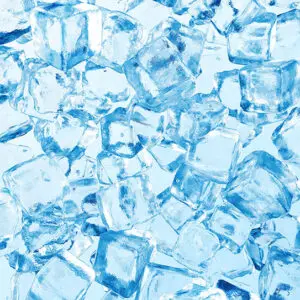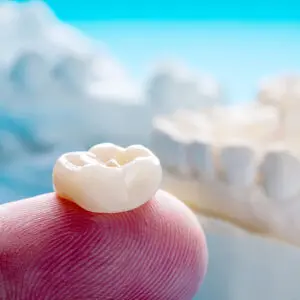
How to Teach Your Kids Dental Health Habits
BUILDING STRONG DENTAL health habits early in life sets the stage for a lifetime of healthy…
June 25, 2025

Dealing With Bad Breath: Then and Now
HAVE YOU EVER wondered how people in the past dealt with something as common as bad breath?
June 11, 2025

How Sleep Apnea Affects Oral Health
SLEEP APNEA IS a serious medical condition that affects millions of people, including both…
May 29, 2025

Chewing Ice Can Ruin Your Teeth
IT MAY SEEM HARMLESS, crunching on the leftover ice cubes at the bottom of your drink, but chewing ice is one…
May 14, 2025

The Dentist Puyallup WA Prefers for Same-Day Crowns
How Do Same-Day Crowns Work? When a tooth becomes damaged, decayed, or weakened, dental crowns are often the ideal solution to restore strength, function, and
April 30, 2025

The Best Nutrition for Growing Smiles
WHEN IT COMES TO building strong, healthy smiles, what your family eats is…
April 23, 2025
